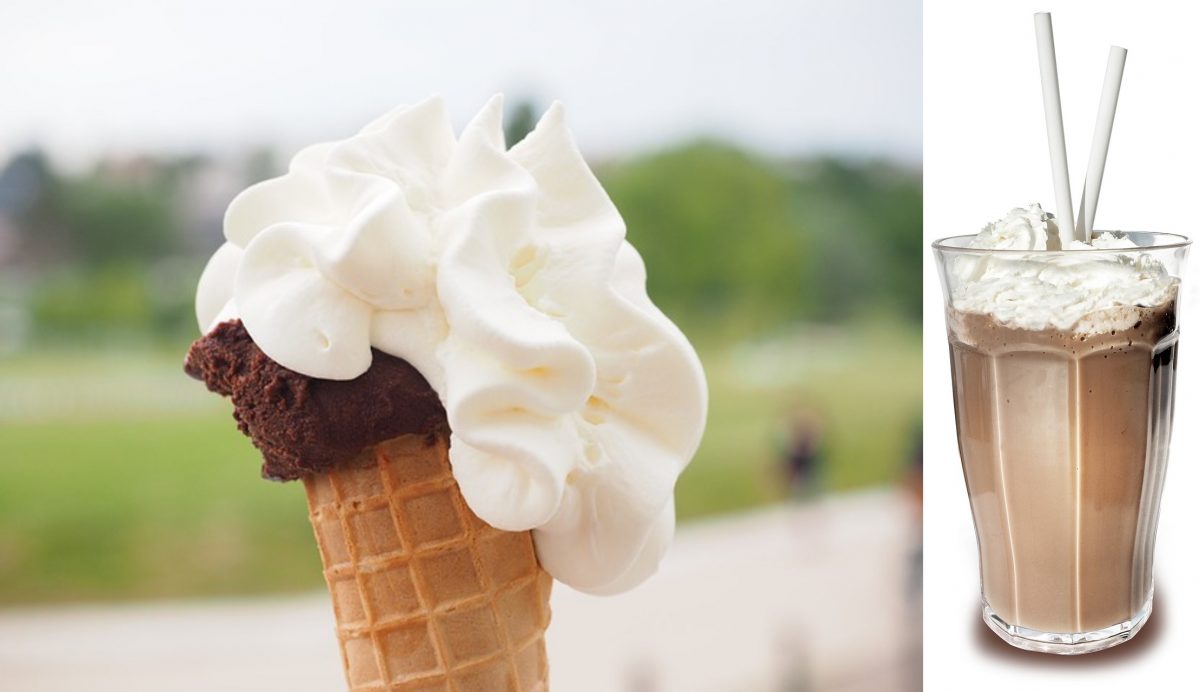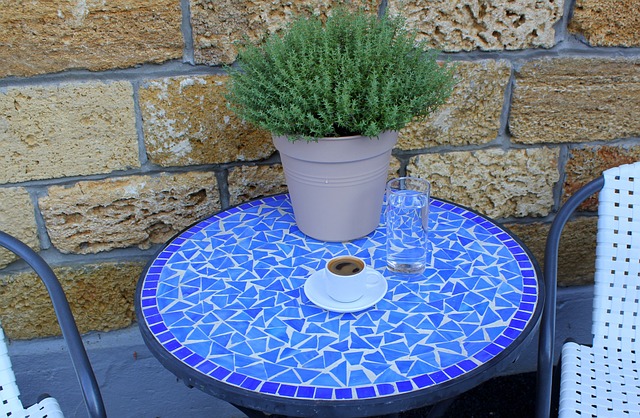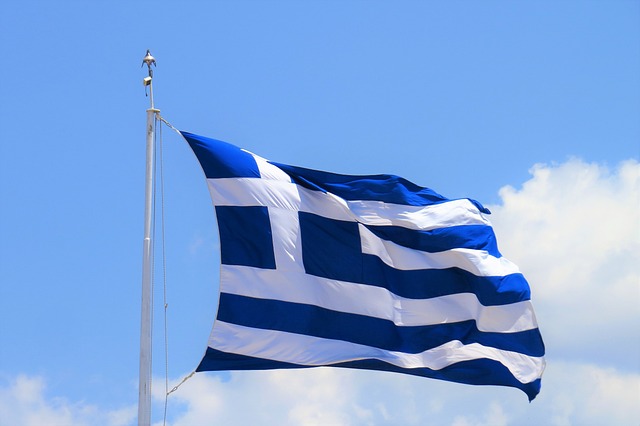The Superiority of Espresso - Exploring the Benefits of Coffee's Strongest Brew
High in Antioxidants
Espresso, like all coffee, is rich in antioxidants that help protect the body from damage caused by harmful molecules called free radicals. These antioxidants have been linked to a range of health benefits, including a reduced risk of heart disease, cancer, and other chronic illnesses.
Boosts Energy and Focus
Espresso is known for its high caffeine content, which can provide an instant energy boost and improve mental focus. Caffeine has also been shown to enhance athletic performance and reduce the risk of Parkinson's disease and dementia.
Supports Weight Loss
Espresso has been shown to increase the body's metabolic rate, which can aid in weight loss efforts. Additionally, the caffeine in espresso can help suppress appetite, leading to decreased calorie intake.
May Improve Heart Health
Studies have shown that drinking espresso may improve heart health by reducing the risk of cardiovascular disease. This may be due in part to the antioxidants and anti-inflammatory compounds found in coffee.
May Lower the Risk of Type 2 Diabetes
Drinking espresso has been linked to a reduced risk of developing type 2 diabetes. The caffeine and antioxidants found in coffee may help improve insulin sensitivity, which can lower the risk of developing diabetes.
May Improve Liver Health
The liver is responsible for filtering toxins from the body, and drinking espresso may help improve liver function. Studies have shown that espresso may reduce the risk of liver disease and liver cancer, as well as improve liver enzyme levels in people with liver disease.
All in all
Espresso is not only a delicious and energizing beverage, but also offers a range of health benefits that make it a healthy choice for coffee drinkers. Its high levels of antioxidants, caffeine, and other beneficial compounds can improve heart health, aid in weight loss, and reduce the risk of chronic illnesses like diabetes and liver disease. So the next time you order a shot of espresso, remember that you're not just indulging in a delicious treat, but also doing your body a favor.







